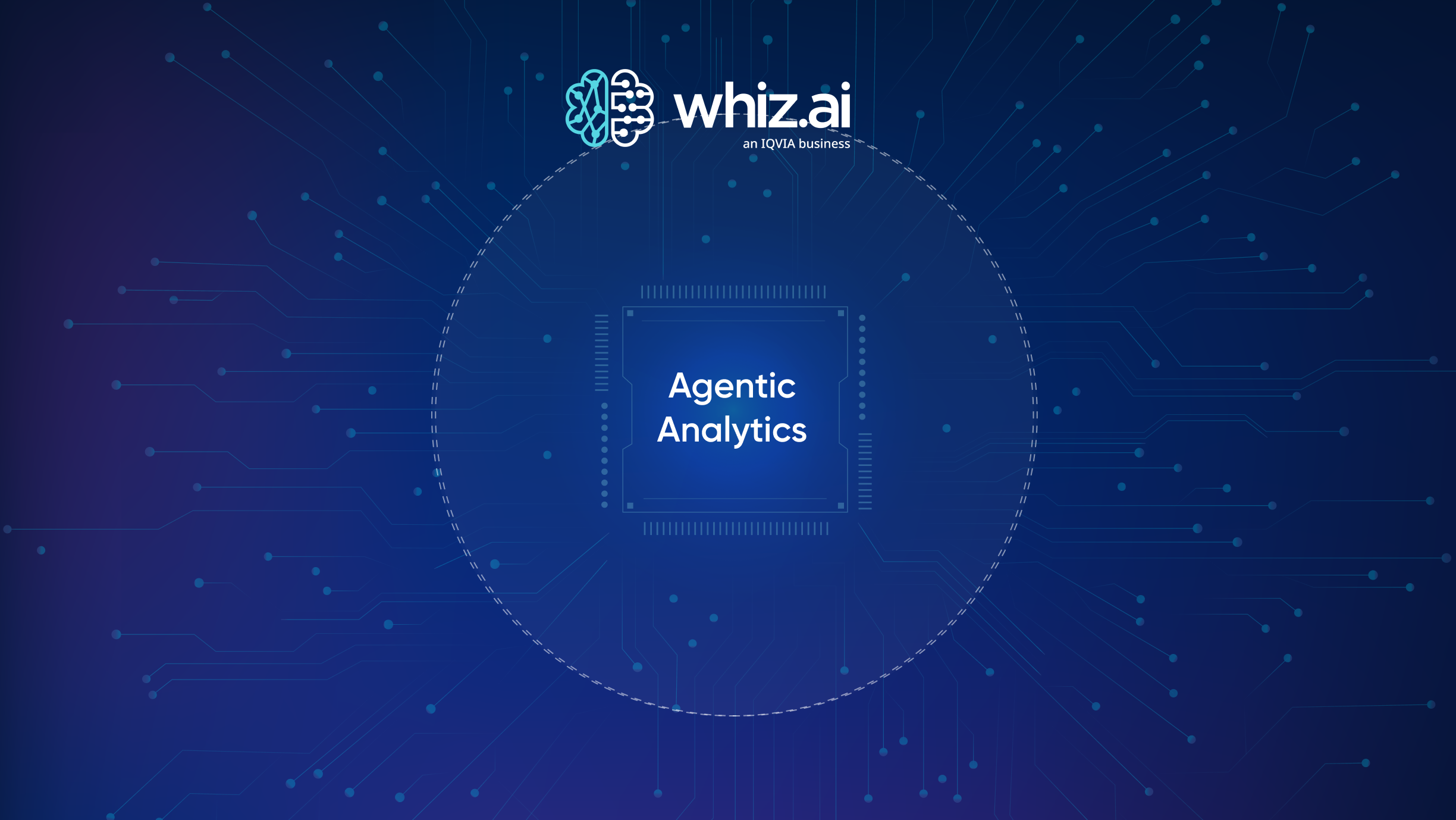Top Expectations for Augmented Analytics Tools in Commercial Function


Making life sciences analytics work for commercial functions requires a broad range of features. Of course, the platform must be sophisticated enough to work as intended. However, it must also support a business case for the C-suite and line of business managers, demonstrating that investing time and resources into implementation will yield the return they expect. Furthermore, business users in field sales, market access, and patient services have their own concept of the ideal life sciences analytics tool. An augmented analytics solution must address it all to deliver value.
The Ideal Augmented Analytics Platform for Life Sciences
When evaluating life sciences analytics tools, compromise may seem inevitable, mainly if the company has used traditional analytics dashboard solutions in the past. However, a purpose-built design leveraging artificial intelligence (AI) makes overcoming analytics pain points for employees in all organizational roles possible.
Augmented analytics tools meet enterprise expectations for:
- Seamless integration: Enterprises want augmented analytics tools that integrate seamlessly with existing and planned technology, including their enterprise resource planning (ERP), customer relationship management and(CRM) solutions, customer experience platform (CXP), business intelligence (BI) tools, and the applications that teams use daily, such as Veeva and Microsoft Teams.
- Domain-specificity: While some platforms provide answers quickly, their outputs may need to be more accurate and contextual. However, a model trained with life sciences data can demonstrate to users that it understands their domain from day one, building trust that leads to widespread adoption.
- Customizability: Enterprises expect augmented analytics platforms to be flexible enough to accommodate their unique needs with last-mile customizations.
- User-centricity: Since the COVID-19 pandemic, stakeholder experiences have become a top priority for enterprises. They want an optimal software user interface (UI) and user experience (UX) but are also looking for tools that are easy to learn and use.
- Technology support service: End-to-end service and support, including change management and training, are key considerations for enterprises seeking a solution that will provide maximum value throughout its deployment.
- Competitive pricing: Enterprises are cautious about investments in analytics tools, which have had limited ROI in the past. That caution is even more significant in the current economic environment. Augmented analytics is a cost-effective way to modernize analytics processes. Additionally, it decreases intervention from data and IT teams and infrastructure costs, resulting in a 50% reduction in analytics total cost of ownership (TCO).
- Data security: An augmented analytics platform must protect life sciences enterprises from data breaches and support compliance with data protection regulations such as the General Data Protection Regulation (GDPR) and the California Consumer Privacy Act (CCPA).
- Mobility: Life sciences commercial teams want the ability to access information when and where they need it, whether working on a PC in the office, a laptop in a remote office, or a mobile device on the road.
- Scalability: Businesses of all sizes recognize the need for scalability right from the proof of concept (PoC). It is vital for companies to have tool that can evolve as data volumes grow and the company’s needs change.
- Self-service analytics: Members of commercial teams typically aren’t experts in data science or IT. Therefore, sales, market access, and patient services team members rely heavily on data and IT resources and often wait weeks or more for the needed information. An augmented analytics tool can give users autonomy. A platform that leverages a large language model (LLM) allows users to engage with it conversationally. They simply ask questions, and the platform analyzes billions of data points in a few seconds to provide users with a response.
- No-code dashboarding: Business users want the freedom to configure their user interface in a way that displays the information that’s most important to them. They also prefer to choose meaningful visualizations without assistance from data or IT resources. A platform designed with no-code features gives them that independence.
What’s Important to Stakeholders?
Different items on the list are more of a priority for various employees of a life sciences organization. IT leaders expect augmented analytics tools to be customizable and integrate seamlessly with the company’s IT environment. Business users want tools that are easy to learn and use and provide reliable, contextual insights across a range of devices. Business leaders want high user adoption, scalability, and a business case that makes sense.
However, when an augmented analytics tool meets those expectations, the entire company can work together to build a culture of data-driven decision-making that enhances performance, increases productivity, and leads to better outcomes.
To learn more about how WhizAI meets the life science analytics expectations of everyone within an organization in our latest whitepaper or resquest for a live demonstration of our commercial solution.


Subscribe to our blog








.png)






.avif)



.png)